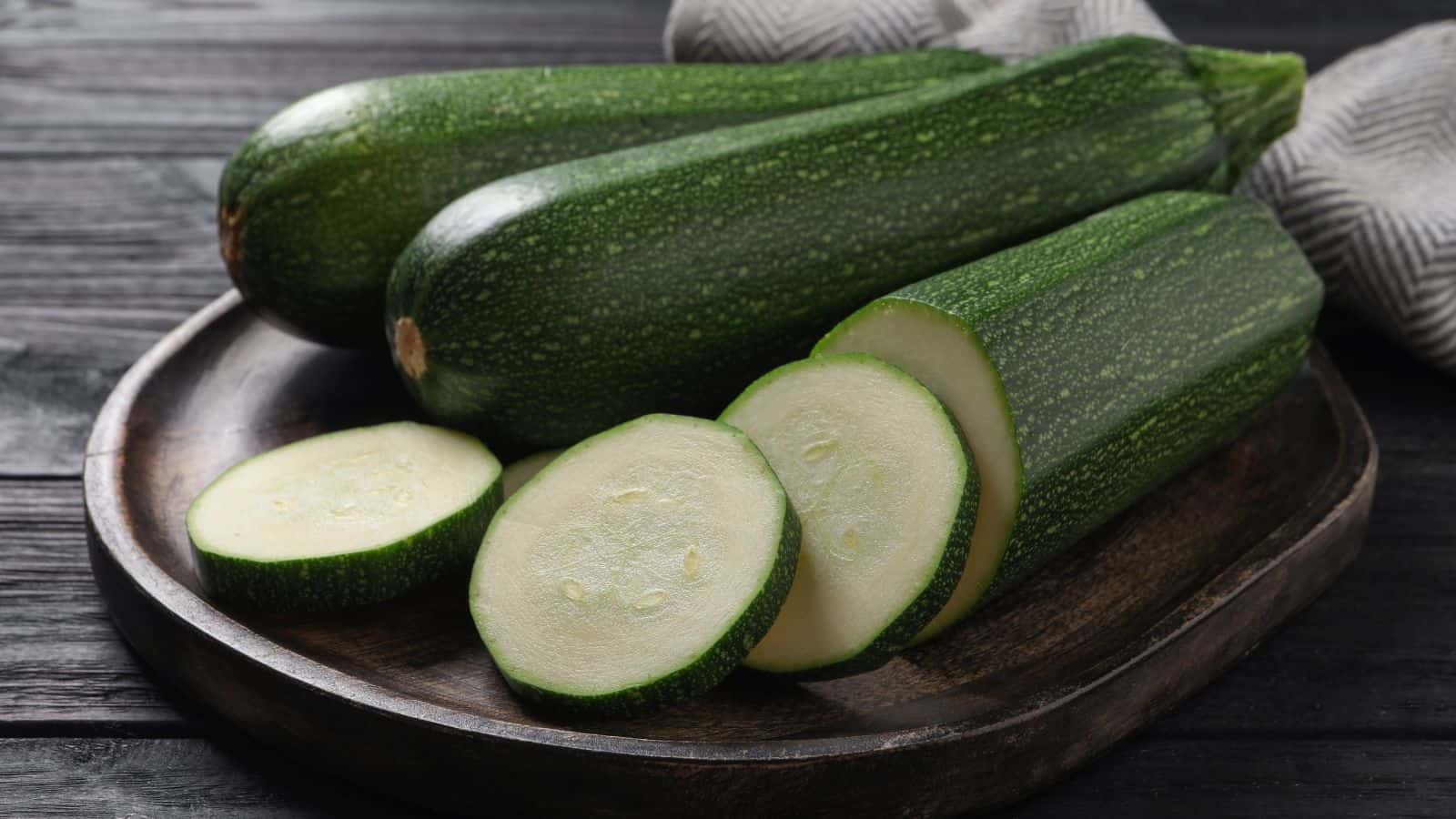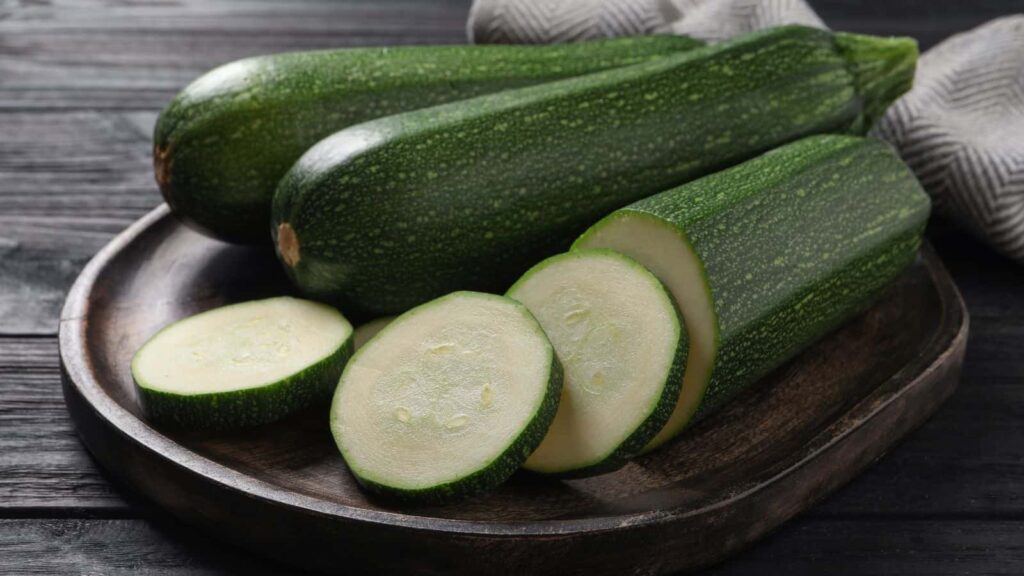Freezing is a wonderful method for preserving many types of food, but it’s not ideal for everything. Certain foods that are delicious when fresh, pickled, or otherwise preserved can be ruined by freezing, losing their flavor, texture, or even becoming unsafe to eat after being thawed.
Yogurt

Dairy products like yogurt and sour cream can curdle and separate when frozen, making them unappealing even if they’re still perfectly edible. The freezing process changes the structure of milk proteins, leading to a chunky and off-putting texture. In addition, the flavor is altered with a definite loss of tang in frozen yogurt and sour cream.
Cooked Pasta

Although pasta can be safely frozen, it becomes mushy and sticky once thawed. This is because the starches in the pasta absorb water during cooking, but freezing breaks down their structure, leading to a loss of al dente texture. It’s best to cook pasta fresh for each meal or make it into a chilled pasta salad the next day.
Fried Foods

Unless you purchased them in the freezer aisle (like onion rings), fried or battered foods don’t freeze well. The crispy exteriors absorb oil during the cooking process and become soggy after freezing because this moisture released soaks into the crispy coating. Reheating such foods can also lead to dangerous bacterial growth if not done evenly.
Watery Fruits

Fruits with a water content of over 90% can be frozen for smoothies, but they always lose their texture and some of their flavor. Melons, grapes, and berries are particularly unpleasant once frozen and are generally only suitable for baking or pureeing. Ice crystals formed during freezing rupture the cell walls, destroying their delicate skins and internal structure.
Lettuce

Unless you want to make soup or smoothies, leafy greens like lettuce cannot be frozen. HGTV says they are over 90% water, which expands during the freezing process and bursts cell walls, resulting in a limp, soggy mess upon thawing that is completely unsuitable for making a crunchy salad. Grow your own lettuce instead and pick the leaves as needed.
Cucumber

Like lettuce, cucumbers are high in water content (around 96%), meaning their cell walls are damaged during freezing, and their once-crisp skins and sliceable insides turn to a flavorless mush. Cucumbers are better pickled (if you want to preserve them) or enjoyed fresh in salads and sandwiches or as crudites.
Cooked Eggs

Freezing cooked eggs can alter their flavor and make them rubbery, so it’s not advisable. Frozen hard-boiled eggs can also develop a green tinge around the yolk due to a reaction between sulfur in the white and iron in the yolk. Eggs are best enjoyed fresh, pickled, or baked into something like a cake or quiche before freezing.
Mayonnaise

Food Republic says mayonnaise and other creamy sauces often separate and lose their smooth consistency after freezing due to a disruption in the emulsion—the ratio of oil to water. Mayonnaise has a long shelf life, particularly when refrigerated, so it’s unlikely to be necessary to freeze it—open one small jar at a time, and you shouldn’t need to preserve it further.
Herbs

Herbs are kept in gardens or on window sills for a reason—they really are at their best when fresh. Get Urban Leaf states, “Certain herbs like parsley, basil, chives, dill, cilantro, and tarragon are always better fresh.” The freezing process breaks down the essential oils responsible for the delicate, aromatic flavors and fragrances, making them more tasteless.
Cooked Potatoes

Mashed potatoes tend to become watery and lose their smooth texture after freezing, while fried potatoes like fries and hash browns absorb too much oil and go soggy. This is largely due to the starches in potatoes, which break down during freezing and alter the food’s texture. Unless they’re store-bought (with additives to prevent this), potatoes shouldn’t be frozen.
Raw Fish

While commercially flash-frozen fish is generally safe, freezing fresh fish at home isn’t recommended because the slower capabilities of home freezers can introduce harmful bacteria during the process. Freezing also damages muscle fibers, which can alter the fish’s texture and flavor profile, making it mushy, spongy, and tasteless.
Soft Cheeses

In general, chilled dairy products don’t freeze that well, and soft cheeses like ricotta, brie, and camembert fare particularly poorly in the freezer compartment. These delicate cheeses become crumbly and lose their creamy texture due to their higher moisture content and more delicate fat structure. It’s better to buy them in smaller quantities and enjoy them fresh.
Cooked Rice

It’s easy to cook too much rice, and it can be tempting to freeze the excess for later. But, unfortunately, cooked rice often becomes a dry, clumpy mass when frozen, with individual grains being lost in an unappealing mass of starch. Unless covered with sufficient sauce, eating rice fresh or refrigerating it for a few days is advisable to avoid texture and food safety concerns.
Cream-Based Soups

Soups with a high cream content may be delicious and decadent, but they will taste better eaten after cooking or kept in the refrigerator for 2–3 days (before being adequately reheated). The freezing process disrupts the emulsion of fat and water in the cream or milk, causing separation and making the texture less smooth—they can become grainy, lumpy, and unappetizing!
Avocados

Avocados have a high fat content of around 15%, which causes them to go brown and discolored when frozen due to a breakdown of these lipids (fat molecules) and a change in their structure. Avocados lose their creamy texture and become mushy and watery after thawing. Enjoy them fresh, or store ripe avocados in a jar of water in the fridge.
Watery Vegetables

As with fruits with a high water content, vegetables like celery, tomatoes, and zucchini often become mushy and flavorless after freezing unless well incorporated into other dishes like lasagna, ratatouille, or soup. If you want to enjoy such vegetables at their peak flavor and texture, eat them fresh when their cell walls are undamaged by freezing.
Coffee

There are several reasons why putting coffee in the freezer doesn’t make sense. Firstly, coffee beans are naturally long-lasting and have a long shelf life when stored properly. Secondly, the moisture from the freezer will be absorbed by the grains and make them clump together, while also altering their flavor. Thirdly, the coffee can taste like whatever else you have in the freezer!
Cashews

Like all nuts, cashews are best stored in a cool, dry place and not anywhere with elevated moisture levels, as they can go soft quickly. Unfortunately, even cashew-based dishes like vegan mac and cheese don’t fare well in the freezer—the creamy texture becomes more gritty, and the pleasant nutty creaminess the cashews impart is often lost.
Canned Drinks

If you want a super-cold beer or Coca-Cola, it can be tempting to put it in the fridge to cool down. But beware! If you keep carbonated canned drinks in the freezer for too long, they can explode due to the expansion of liquids and gasses in their pressurized housings! It’s a wasteful and messy occurrence that’s best avoided.
Meringue

Typically, homemade meringues that don’t contain the freezer-friendly additives of commercial varieties do not do well in the freezer compartment. They often become unpleasantly rubbery and flavorless once defrosted. The same applies to other egg-based desserts that don’t involve flour, such as custard or egg nog.







